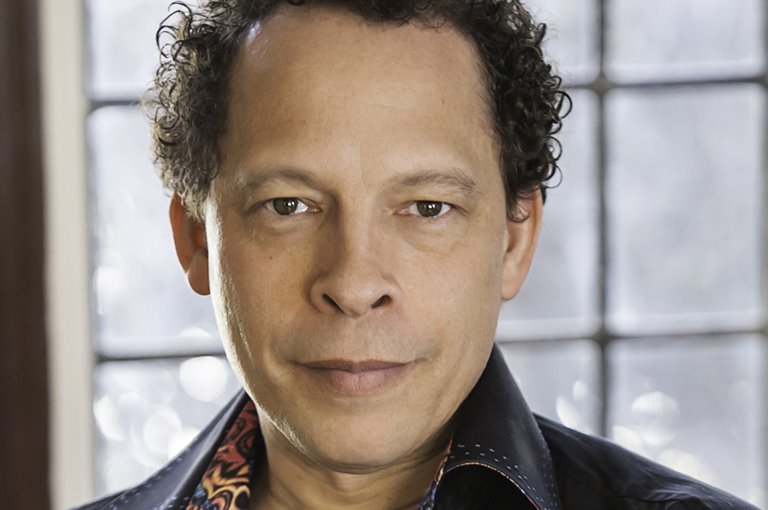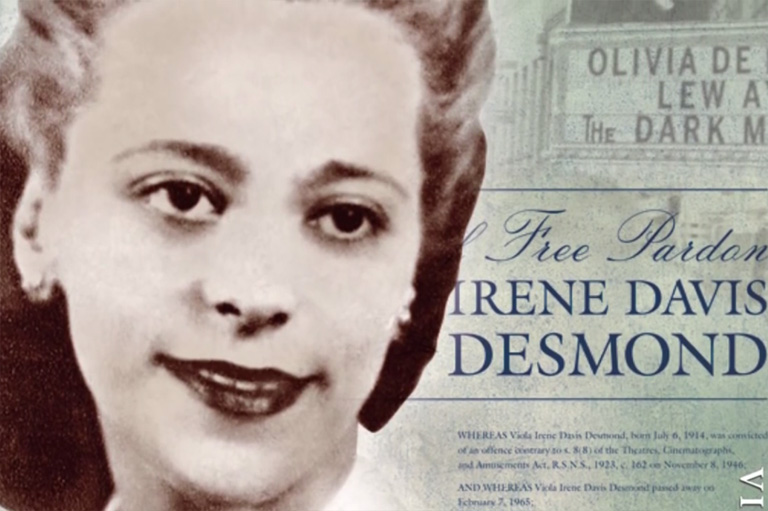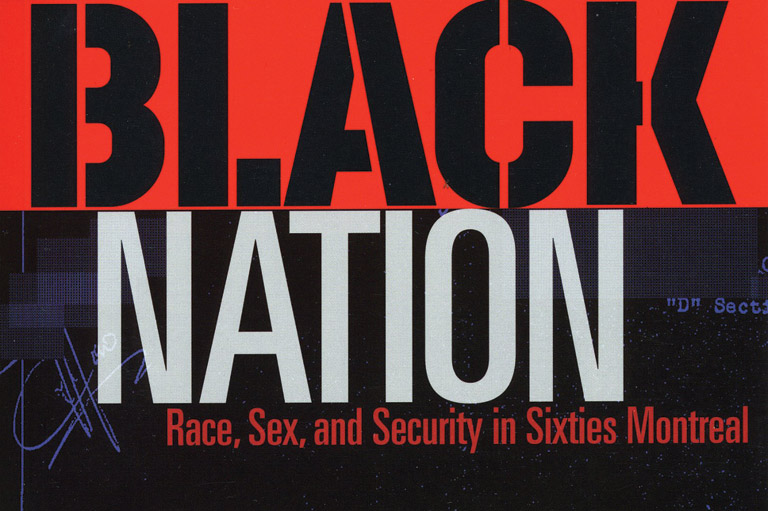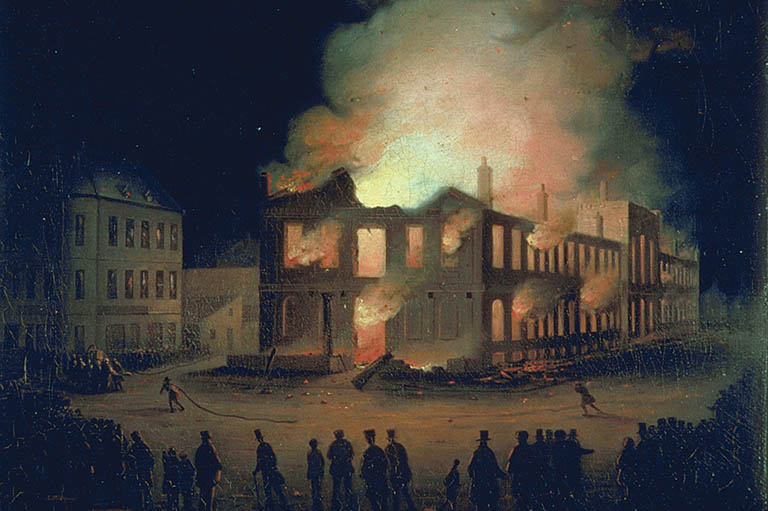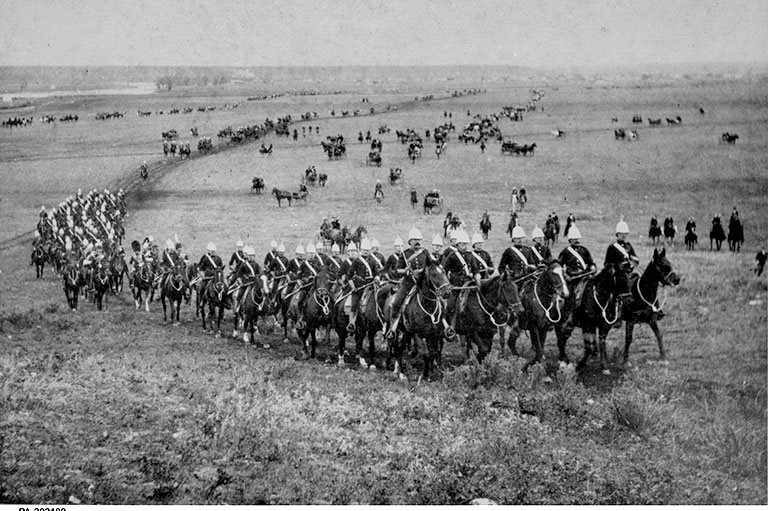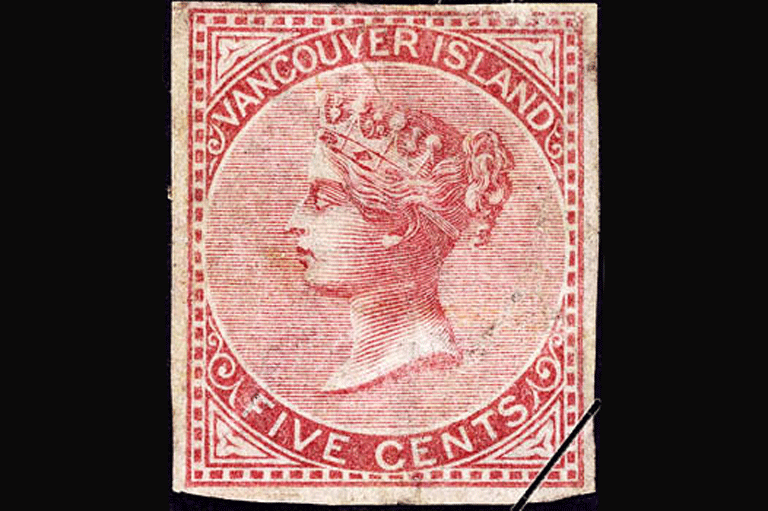Discover a wealth of interesting, entertaining and informative stories in each issue, delivered to you six times per year.
The Prince & the Pistols
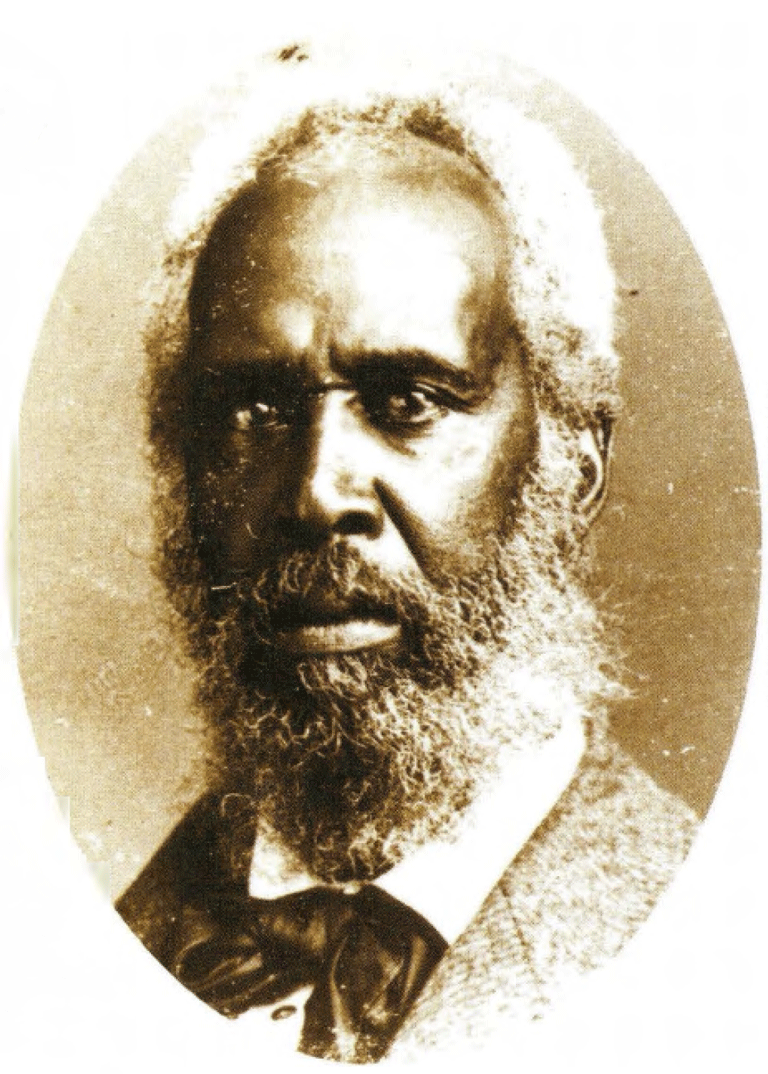
For years, visits to Canada by British royalty have provided the hoi polloi with fodder for gossip. The most recent national sucking-of-breath would be the October 2002 media exposure of the little-engine-that-couldn’t during the Queen’s ill-fated water-taxi ride in Winnipeg. No matter the excruciating planning, Murphy’s Law often rules the day.
Such was the case in September 1860 during a visit by the Prince of Wales, the future King Edward VII. The prince had been persuaded to divert his first extensive official Canadian tour to Chatham, Ontario, in order to accept a finely crafted pair of derringer pistols made by a local gunsmith and engraver of coffin-plates and Canadian Pacific Railway dining-car silverware.
As scheduled by minions, the prince arrived promptly in his royal coach at the Chatham rail station where he unexpectedly found himself twiddling his thumbs for ten minutes while local officials earnestly huddled to solve a last-minute difficulty.
This procedural hiccup was reported in a local newspaper of the time, the Chatham Tri-weekly Planet. Apparently, a certain prominent citizen named Mr. McKellar had been informed, much too late, that a Black businessman and manufacturer named James Monroe “Gunsmith” Jones had made the gift of derringer pistols.
Confronted with a dilemma, the local pooh-bahs had precious little time to smooth it over. One can only imagine the tension of red-faced locals, under the ominous ticking of the always-punctual railway clock, as they strained to find a way out of their predicament. Schadenfreude indeed!
Oh, to have been a fly on the wall, to have seen the tight-throated demeanour of whoever was selected to duly inform an impatient prince that there had been, ahem, a change in plans; that the derringers had been made by contaminated hands and as such could not be presented to a member of the Royal Family.
The Black man in question was the proud son of an American slave born in 1794 who had become a blacksmith and gunsmith. James Monroe Jones’s father, because of a deceptive master, had paid twice for his family’s freedom before moving them to the free state of Ohio. Once there, he ensured that his four sons graduated from Oberlin College.
After graduation, the eldest son, nicknamed “Gunsmith,” entered Canada West, where he married Emily Francis of Howard Township. In 1852, they settled in Chatham, with its burgeoning Black population. By 1860, as a major Underground Railroad terminal, the region’s Black population approached 33 percent.
Sign up for any of our newsletters and be eligible to win one of many book prizes available.
The Canada Directory for 1857–58 lists J.M. Jones as a “manufacturer of rifles, guns and pistols.” James Gooding, publisher of The Canadian Journal of Arms Collecting, names Jones as “one of six Canadian gunsmith who had the skill … to be compared with the best in the world.”
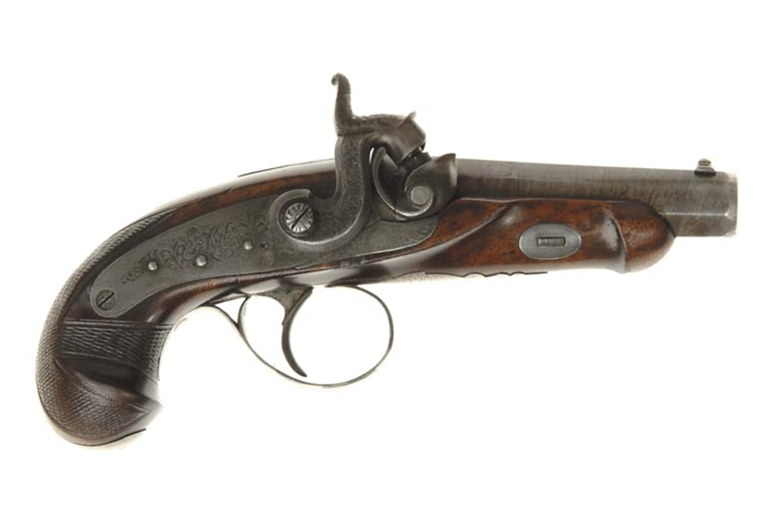
“Gunsmith,” as a slave’s son in those difficult times, would have known that Canada’s first Parliament in 1793 had passed the first antislavery law in the British Empire. For many years, American Blacks saw the British colony as a friendly and sympathetic ally in their fight for freedom.
Given that context, his desire to offer an exquisite gift made by his own hands would be understandable. It would be a gesture of gratitude to the Crown, and, as well, a gesture of pride from a Black craftsman who was equal or superior to many white gunsmiths whose opportunities to learn a craft were much less limited.
Nevertheless, due to the temper of the times, local officials held other views and stood by them. The future British king puffed out of Chatham station empty-handed and without public comment. The local cabal dispersed, no doubt in a cloud of steam and soot.
There is no record of the feelings of “Gunsmith” Jones. However, shortly after the incident, the Tri-Weekly Planet reported, perhaps with a sense of irony, that a “duplicate derringer pair” crafted by Jones, had won a medal at the Montreal Manufacturing and Trade Fair. Since then, a photo has been found of a medal awarded by the California State Agricultural Society to Jones in 1859. This medal is clearly inscribed “derringer pistols.”
Chatham’s Gwen Robinson, a descendant of the Black American Shadd family and author of Seek the Truth: A Story of Chatham’s Black Community claims the Jones incident reflects a trail of prejudice she found in documents during fifteen years of research for her book.
She describes Jones as “a highly respected Black community leader in the growth years of Chatham when the region offered freed slaves and fugitives a place to farm and earn a living in peace.” Jones did just that. By 1874, the spurned craftsman had become a Chatham justice of the peace.
In response to an 1875 Oberlin College survey of graduate occupations, Jones replied, one assumes with some pride, “Justice of the Peace, appointment for life. By the Government and Governor-General.”
In his final years he moved to his son’s home in Ann Arbour, Michigan, where he died in 1906 at the age of eighty-five. The final disposition of the derringers fit for a king is not known. Other Jones’s weapons and awards may be viewed at Windsor, Chatham, and U.S. museums.
Thanks to Section 25 of the Canadian Charter of Rights and Freedoms, Canada became the first country in the world to recognize multiculturalism in its Constitution. With your help, we can continue to share voices from the past that were previously silenced or ignored.
We highlight our nation’s diverse past by telling stories that illuminate the people, places, and events that unite us as Canadians, and by making those stories accessible to everyone through our free online content.
Canada’s History is a registered charity that depends on contributions from readers like you to share inspiring and informative stories with students and citizens of all ages — award-winning stories written by Canada’s top historians, authors, journalists, and history enthusiasts.
Any amount helps, or better yet, start a monthly donation today. Your support makes all the difference. Thank you!
Themes associated with this article
You might also like...

Canada’s History Archive, featuring The Beaver, is now available for your browsing and searching pleasure!


